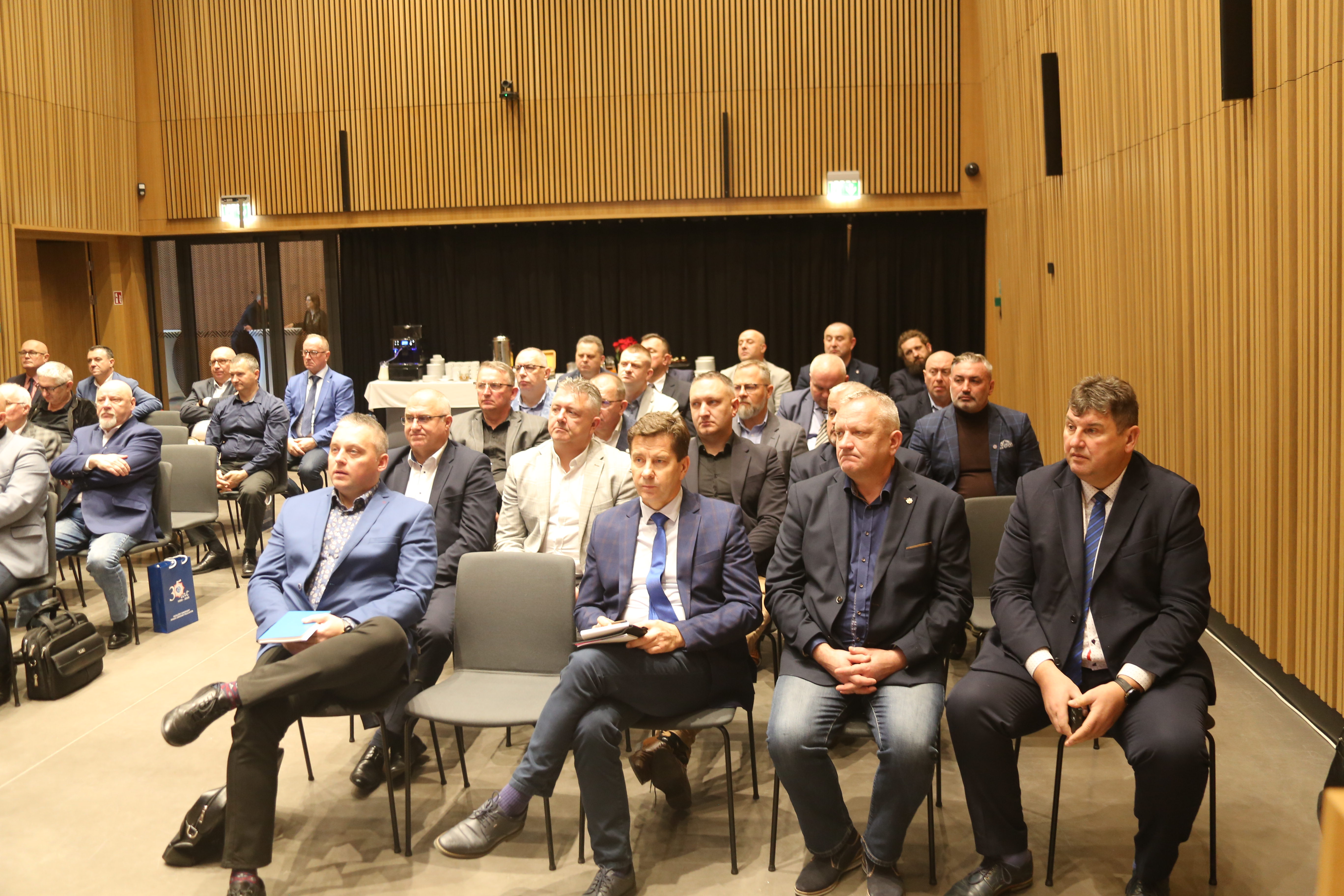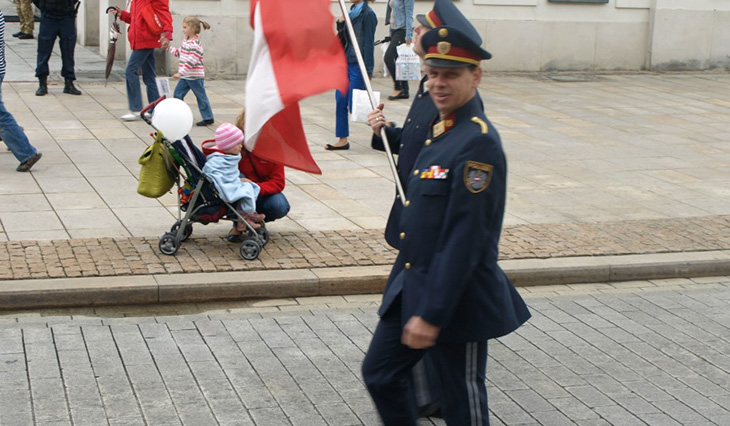
LOS ANGELES— Hawaiian Airlines (HA) flight HA1 from Los Angeles International Airport (LAX) to Daniel K. Inouye International Airport (HNL), Honolulu, experienced rare consecutive diversions on July 19, 2025. The Boeing 787-9 Dreamliner was forced to return to LAX twice due to technical issues.
The scheduled 2,556-mile route from Los Angeles (LAX) to Honolulu (HNL) typically takes just over five hours, but passengers aboard HA1 endured two failed departure attempts before the flight was ultimately canceled.
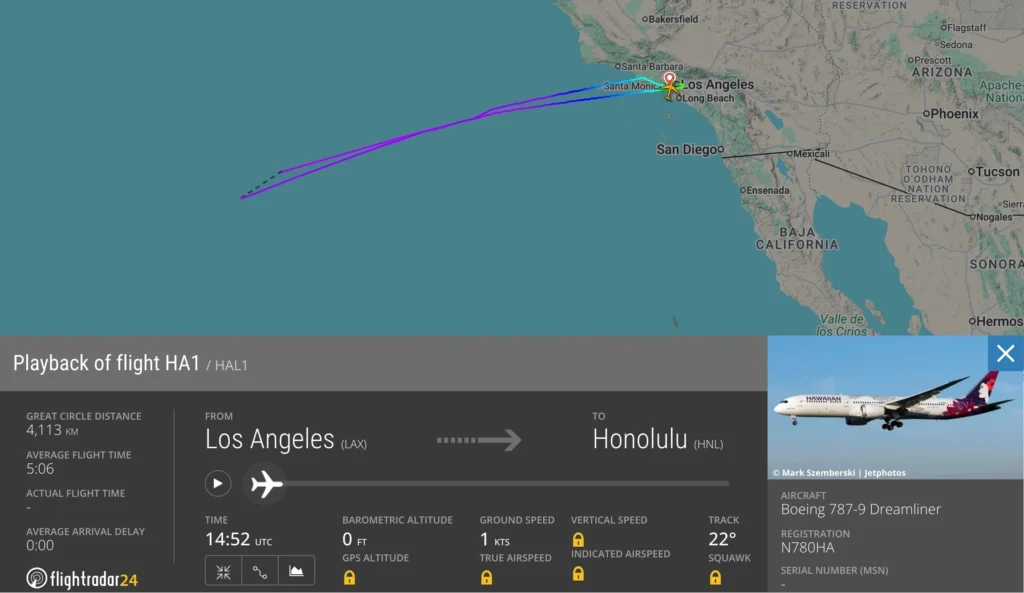 Photo: FlightRadar24
Photo: FlightRadar24Hawaiian 787 Double Diversion
Flight HA1, operated by Hawaiian Airlines’ Boeing 787-9 Dreamliner registered as N780HA, was slated for an 8:30 AM departure from Los Angeles (LAX).
The aircraft eventually took off slightly delayed at 9:03 AM, climbing to a cruising altitude of 38,000 feet en route to Honolulu (HNL).
About 80 minutes into the journey, a mechanical issue was detected, prompting the pilots to initiate a return to Los Angeles for safety reasons.
The first landing occurred at 11:43 AM, nearly 2 hours and 40 minutes after departure.
Upon landing, maintenance teams inspected and reportedly resolved the technical problem. After roughly 90 minutes on the ground, the aircraft departed once again at 1:15 PM.
However, the issue resurfaced shortly after takeoff. The pilots decided to return to LAX just 15 minutes into the second flight, landing at 1:53 PM.
Following the second unscheduled return, Hawaiian Airlines canceled the flight to prevent further complications and to ensure passenger safety.
The specific mechanical problem was not publicly detailed, but the airline emphasized adherence to strict safety protocols. The Dreamliner remained grounded at LAX while awaiting further maintenance evaluation.
According to the unconfirmed reports, one of the diversions was likely due to a medical emergency onboard. While another is due to some technical issues.
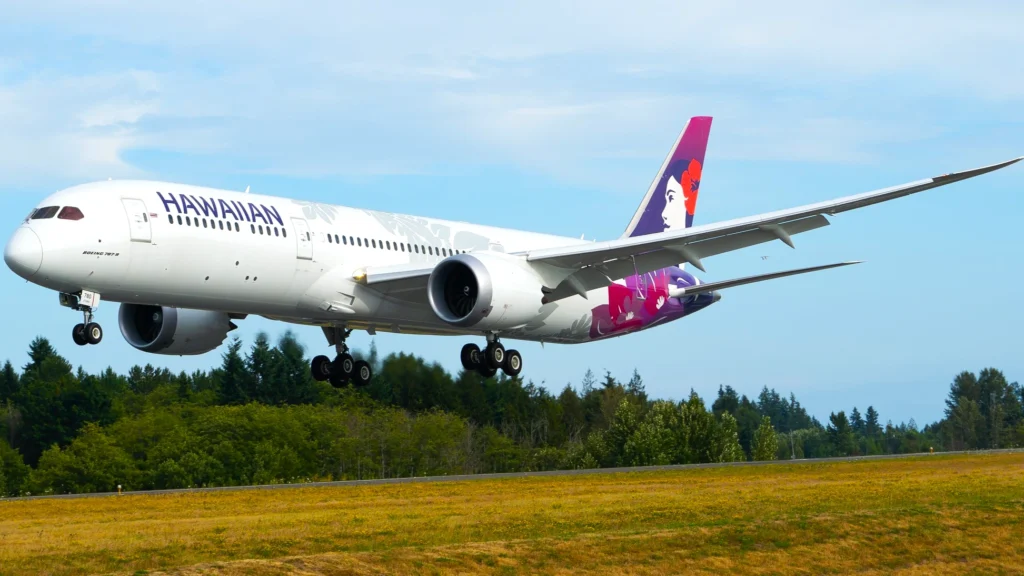 Photo: ca350 | Flickr
Photo: ca350 | FlickrOperational Safety and Caution in Aviation
The dual diversion reflects the complexity of modern aircraft systems and the stringent safety measures practiced in commercial aviation, OMAAT flagged.
While passengers were understandably frustrated by the disruption, the airline’s decisions highlight the precautionary principle prioritized over operational convenience, especially on transoceanic flights.
Aircraft systems can sometimes display recurring alerts, even after maintenance interventions. In aviation, these recurring indicators often lead to conservative decision-making, especially when flying over vast oceanic areas where emergency landings are limited.
Hawaiian Airlines’ decision to cancel the flight reflects a commitment to ensuring the mechanical integrity of the aircraft before resuming operations.
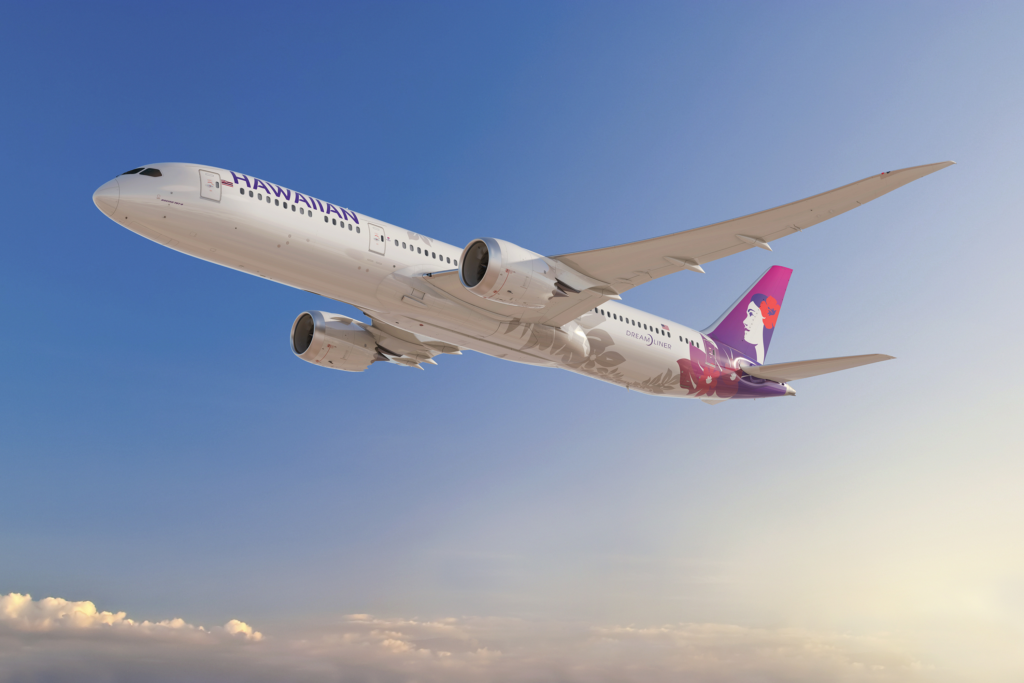 Photo: Hawaiian Airlines
Photo: Hawaiian AirlinesPassenger Experience and Airline Response
Although Hawaiian Airlines has not released specifics about the technical fault, affected passengers were rebooked on later flights to Honolulu (HNL). The airline also provided necessary assistance, including accommodations and rebooking options.
Instances of back-to-back diversions, while rare, are not unprecedented. They emphasize the importance of aviation safety culture, where mechanical caution supersedes operational timelines.
This case serves as a reminder that while modern aircraft like the Boeing 787-9 are highly advanced, they remain complex machines requiring rigorous maintenance and checks to guarantee passenger safety.
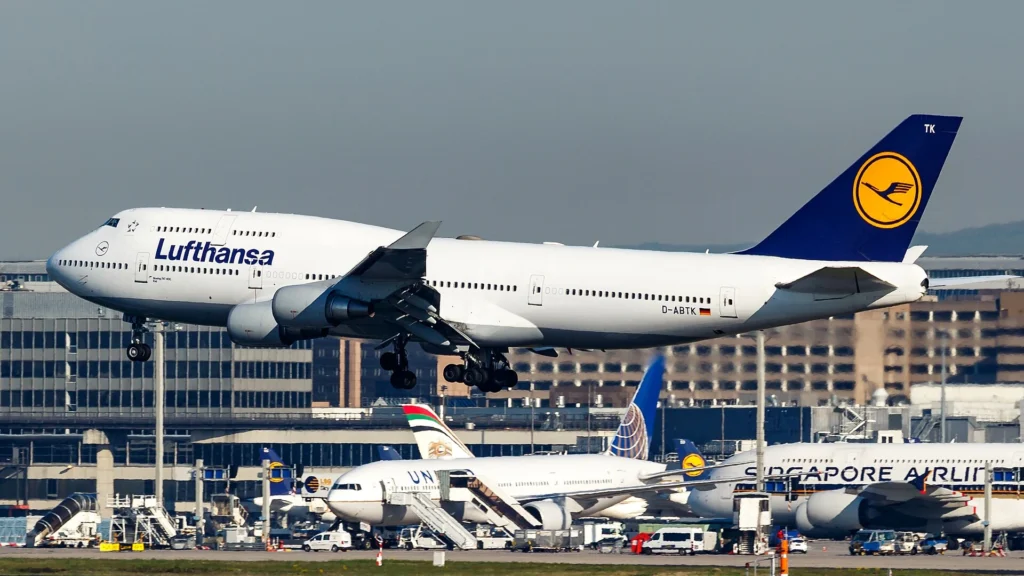 Photo: By tjdarmstadt – IMG_6616.jpg, CC BY 2.0, https://commons.wikimedia.org/w/index.php?curid=61529602
Photo: By tjdarmstadt – IMG_6616.jpg, CC BY 2.0, https://commons.wikimedia.org/w/index.php?curid=61529602Similar Incident
Lufthansa (LH) flight LH510 from Frankfurt Airport (FRA) to Buenos Aires (EZE) faced severe disruptions on July 7, 2025, leading to two diversions across South America.
The Boeing 747-8, en route to Argentina, first diverted to Asuncion Airport (ASU) and then to São Paulo (GRU), ultimately declaring a mayday due to crew fatigue and fuel shortage before the flight was canceled.
Dual Diversions and Emergency Declaration
Lufthansa’s flagship ultra-long-haul service, flight LH510, typically covers the 7,133-mile route between Frankfurt (FRA) and Buenos Aires (EZE) in approximately 13 hours. However, adverse weather over Argentina triggered an extended ordeal for passengers and crew.
After departing Frankfurt at 10:28 PM, the Boeing 747-8 (registration D-ABYM) encountered deteriorating visibility upon approaching Buenos Aires. Unable to land, the aircraft entered a holding pattern at 7,000 feet, waiting for conditions to improve.
With no resolution in sight, the flight diverted 663 miles northeast to Asuncion, Paraguay (ASU), landing safely at 8:00 AM local time after over 14 hours airborne.
Following refueling and a brief stop, the aircraft departed Asuncion at 8:56 AM, aiming to reach Buenos Aires once again. However, persistent poor weather conditions forced a second diversion—this time to São Paulo, Brazil (GRU), Lufthansa’s regional hub, 1,069 miles from Buenos Aires.
Upon final approach to São Paulo, the flight crew declared a mayday. Air traffic control later confirmed that the declaration cited both crew fatigue and fuel shortage—a highly uncommon combination for emergency calls. The aircraft landed safely at 1:04 PM, roughly 20 hours after its original departure from Germany.
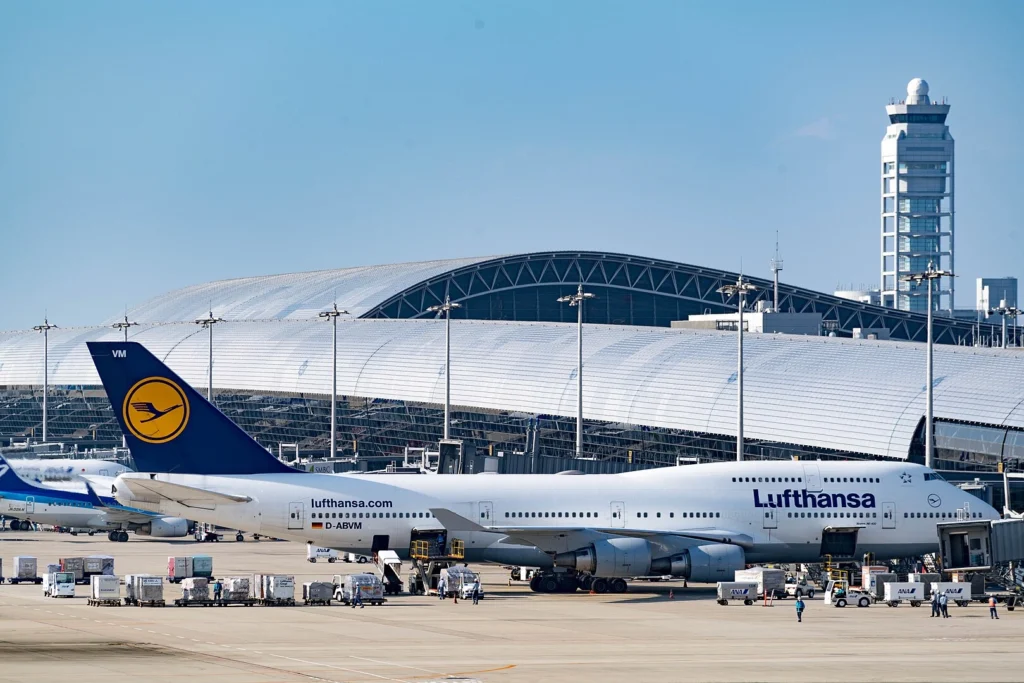 Photo: By Masahiro TAKAGI from Ichikawa, Chiba, Japan – DSC03845, CC BY 2.0, https://commons.wikimedia.org/w/index.php?curid=47872802
Photo: By Masahiro TAKAGI from Ichikawa, Chiba, Japan – DSC03845, CC BY 2.0, https://commons.wikimedia.org/w/index.php?curid=47872802Safety Protocols
The inclusion of crew fatigue in a mayday call is atypical. While fuel shortages are recognized as valid grounds for an emergency, fatigue is generally managed by adhering to regulated duty time limits.
In this case, however, the compounded effects of dual diversions, prolonged holding patterns, and extended duty hours exceeded safe operational thresholds.
Aviation safety experts emphasized that ultra-long-haul routes inherently carry greater risks due to limited alternates and unpredictable weather patterns.
Once the crew “timed out” under legal duty regulations, Lufthansa canceled the remainder of the flight. Emergency services greeted the aircraft in São Paulo as per standard protocol following a mayday call.
Passenger Handling and Aircraft Status
Passengers endured nearly a full day aboard before disembarking in São Paulo, where Lufthansa arranged rebookings on alternate flights to Buenos Aires or other final destinations.
The airline leveraged its established operations at GRU to manage passenger accommodations and onward travel efficiently.
As of the latest reports, the Boeing 747-8 remains grounded in São Paulo. Lufthansa has not specified whether the aircraft will be ferried back to Frankfurt or continue to Argentina for rescheduled operations.
This incident underscores the operational challenges airlines face on ultra-long-haul routes, where variables such as weather, crew endurance, and fuel planning converge in complex and dynamic scenarios.
Stay tuned with us. Further, follow us on social media for the latest updates.
Join us on Telegram Group for the Latest Aviation Updates. Subsequently, follow us on Google News
Hawaiian Airlines Tokyo to Honolulu Flight Makes U-Turn Amid Mysterious Odour
The post Hawaiian Airlines 787 Pilots Made Double Diversion to Los Angeles appeared first on Aviation A2Z.














